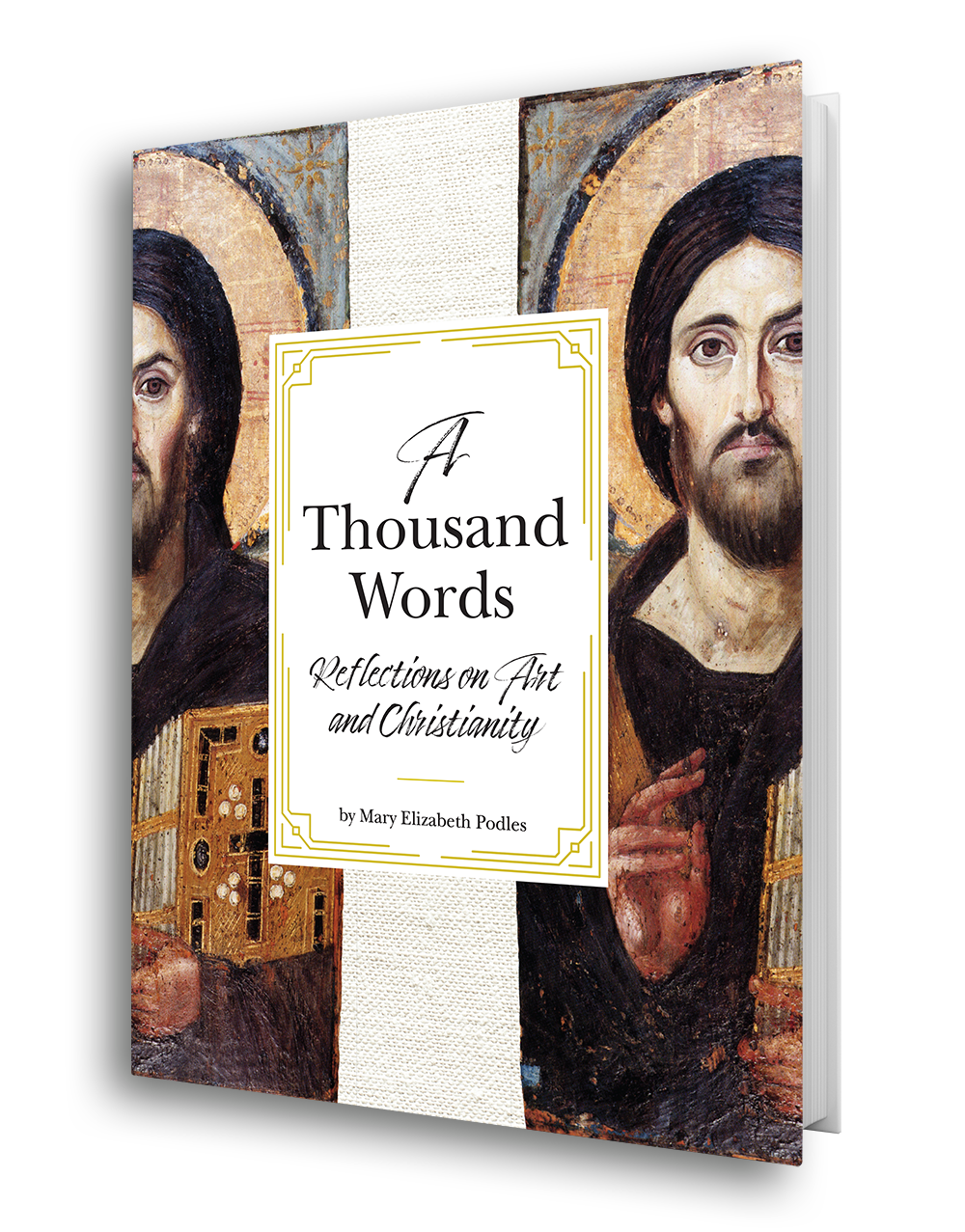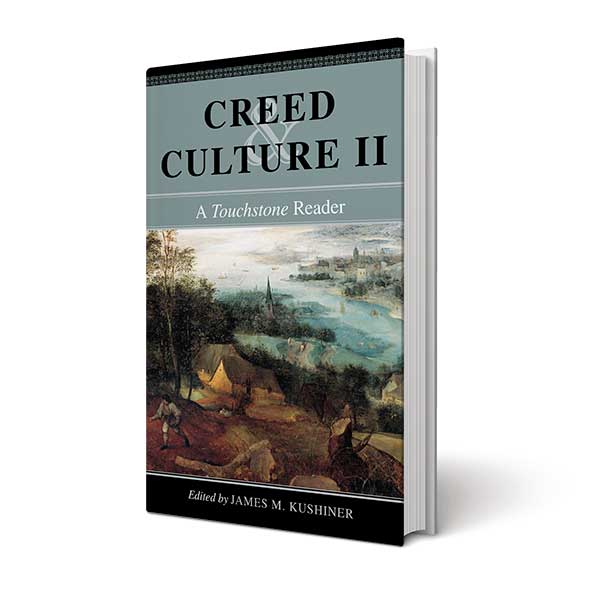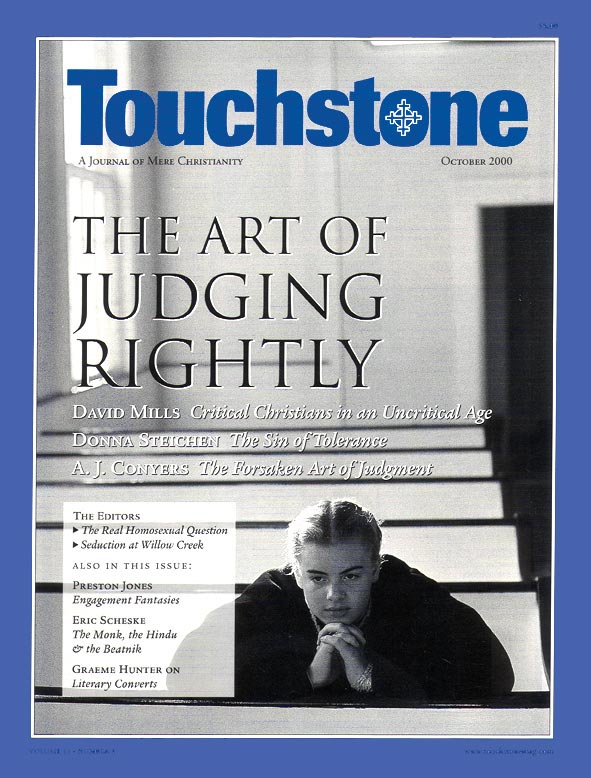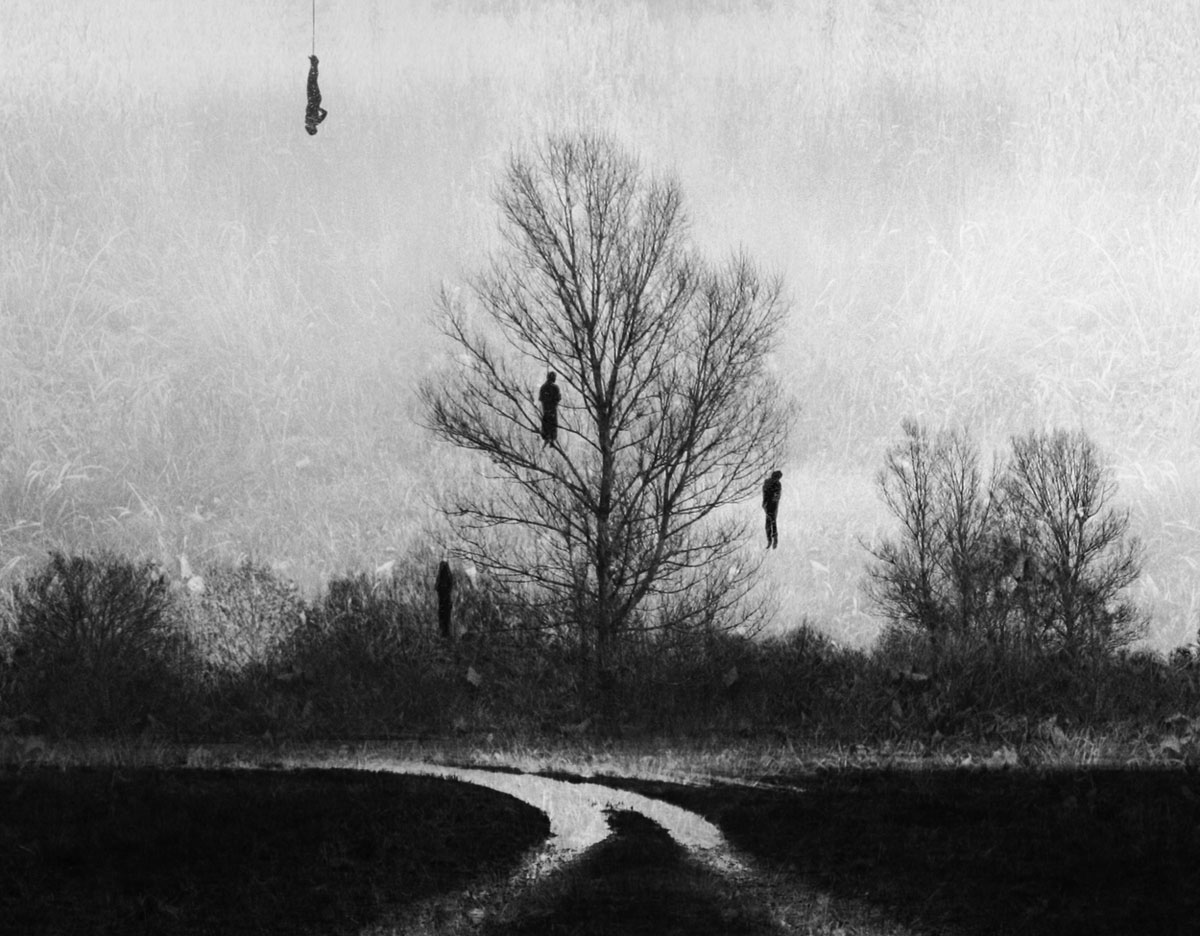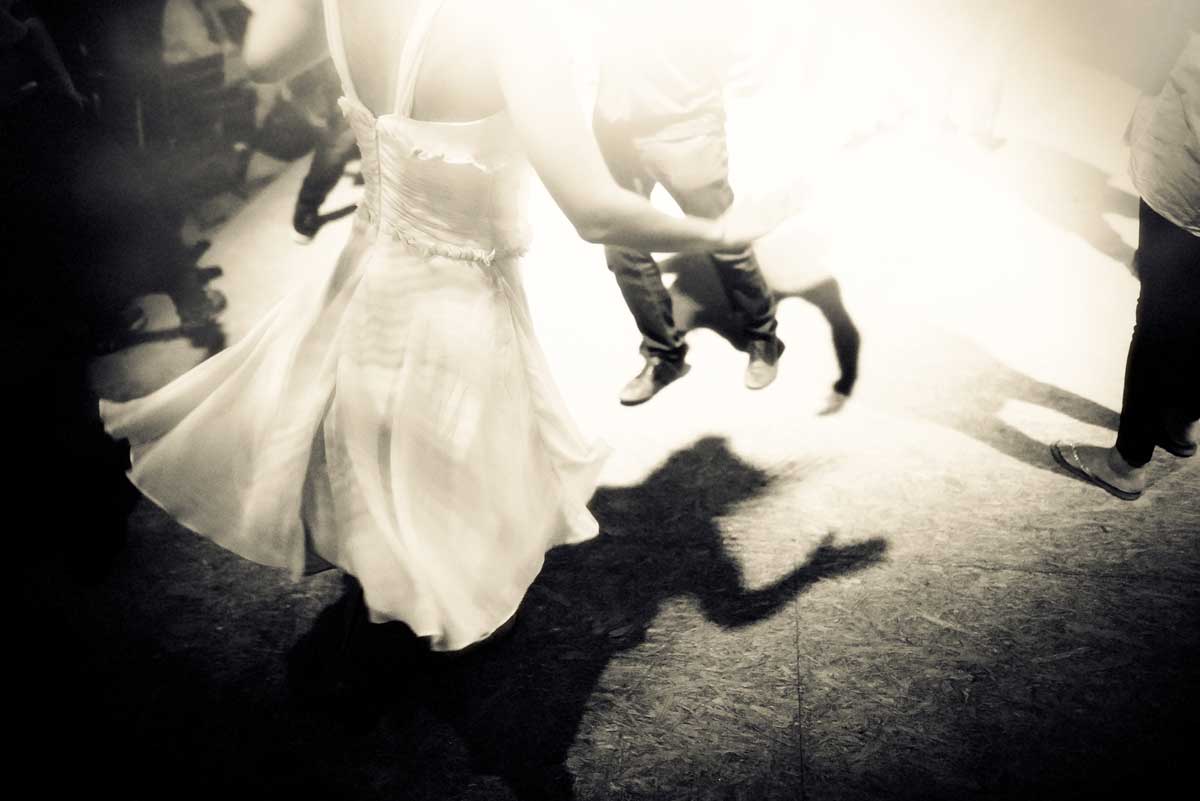A Literary Tapestry
Literary Converts: Spiritual Inspiration in an Age of Unbelief
by Joseph Pearce
San Francisco: Ignatius Press, 1999
(452 pages; $24.95, cloth)
by Graeme Hunter
Is the English literature of the twentieth century demonic? The French poet Paul Claudel thought so. But most English critics would settle for calling it merely secular. Enter Joseph Pearce and his Literary Converts, turning upside down both the complacency of the secular English and the asperity of the pious French. In this unusual and insightful book, Pearce draws attention to a powerful stream of orthodox Christian literature that has flowed through and, in times of spate, well-nigh flooded, the much-misunderstood twentieth century. This book concerns the influence and power of a certain group of “literary converts” in shaping the intellectual landscape of the past hundred years.
Pearce is bad news for certain kinds of authors, the kind that wish to operate as public intellectual figures and yet to remain behind a veil of anonymity in their private lives. Literary Converts promiscuously mixes lives and letters. It thrusts the reader into a complex maze of personalities and writings, initially offering only its subtitle, “spiritual inspiration in an age of unbelief,” as a clue to its labyrinthine plan. We meet major and minor writers who converted to Christianity and whose lives and works were affected by the change. We see the chain reaction that conversion often causes, tracing its influence through an expanding network of other writers’ works and days. By the book’s final chapter we see spun before us a complex web of influences extending across the whole of the last ten decades. It is only when the web is complete that the reader begins to see the unsuspected pattern that it is the book’s primary achievement to suggest.
But the road between page 1 and page 445 has occasional obstacles. At first, I was a little bothered by the principle of selection. The book is almost only about writers, but not quite. The actor Sir Alec Guinness, for example, comes in for extended treatment. It is almost all about British poets and novelists, but not quite. The émigré economist, E. F. Schumacher, gets extended treatment because of his connection with the economic and social principles of G. K. Chesterton and Hilaire Belloc, two of the central figures of the story. I do not say that Pearce is arbitrary in his inclusions and exclusions, but only that it is difficult to find any other justification for the choices than is provided by the book as a whole.
Most puzzling in this respect is the fact that no American authors figure in the story, though America can furnish her own impressive list of Christian writers. The suspicion of arbitrariness that is inevitably aroused is best dispelled, however, as I have already suggested, by further reading. Pearce’s intent, we gradually see, is to gather together certain strands of recent literary history that we are accustomed to treating in isolation, when we mention them at all, and then to follow them through the tapestry of the century, showing how they are responsible for one of its dominant motifs. In this way the reader is led to discover lines of literary influence connecting, for example, the theologian Ronald Knox to the historian Christopher Dawson and the economist E. F. Schumacher.
No doubt different choices could have led to different and perhaps equally interesting results. But it is not so surprising that readers of such an ambitious book should only come to see its larger picture when the whole tapestry has been laid before them. The author alone sees it all from the beginning. In this reviewer’s opinion, the big picture not only helps explain Pearce’s choices, but also in large measure justifies them.
Pearce is a veteran literary biographer, with previous works on Tolkien and Chesterton. He compares his subjects’ lives and contexts with the more narrowly literary influences to which they were exposed to form a sketch of their mature mind and works. In borrowed words, Pearce describes his project as an attempt to display “a network of minds energizing each other.” Later he puts it this way:
The story of how these giants of literature exerted a profound influence on each other and on the age in which they lived represents more than merely a study of one important aspect of twentieth-century literature. It is an adventure story in which belief and unbelief clash in creative collision.
Pearce begins his story with the figure of Oscar Wilde. Strict chronology places Wilde in the nineteenth century, but many would agree that that flamboyantly homosexual and hilariously trivial man is a better symbol of the direction literature would take in the twentieth. One familiar picture of the twentieth century would have it begin in the hypocrisy of Wilde’s trial and end in the dirty stream of “pink ink,” leftish politics, and literary chaos of radical feminism and deconstruction. Pearce jolts us awake with an inspiring alternative to that conventional picture. The same hundred years began with Wilde’s deathbed conversion to Roman Catholicism in 1900 and ended in 1997 with an overwhelming popular endorsement of another work brimming with Christian themes, J. R. R. Tolkien’s Lord of the Rings, as “the greatest book of the twentieth century.” So begins Pearce’s welcome sketch of the neglected “other” face of our time. Pearce shows why the historian Paul Johnson could say in a tribute to Malcolm Muggeridge in 1995: “His life and example help to explain why, at the end of the twentieth century, religion, far from disappearing, is alive and well and flourishing in the hearts of sophisticated men and women.”
Wilde’s deathbed conversion is also a harbinger of the arrival on the literary scene of a strange literary monster, christened by George Bernard Shaw as “the Chesterbelloc.” By the force of their personalities, as much as through the power of their poetry and prose, G. K. Chesterton and Hilaire Belloc became two of the three principal founts of Christian literary influence in the early part of the twentieth century. Their brilliant styles and fascinating lives provide a thematic continuo for Pearce’s engrossing tale.
One of the decisive works in the early years of the last century was Chesterton’s witty piece of rearguard criticism entitled Heretics (1905). Against the then prevailing wisdom, it stressed the necessity of writing out of a definite point of view and exposed with characteristically Chestertonian aplomb the then fashionable triviality of the “art for art’s sake” movement. Chesterton’s broadside against the fin-de-siècle literary establishment—and he takes on the best of them—proved to be influential on those who were looking for an alternative to the seeming tendency of the age to drift away from Christian principle.
Chesterton was perfectly able to concede that men like Shaw, Wells, Kipling, and Ibsen were literary lions, even while he bearded them in their dens. To them, he must have seemed quixotic, as he brought against them the seemingly outmoded charge of being wrong metaphysically, which is to say, wrong about how the world is. But though scoffing at metaphysics was no less fashionable a pastime then than it remains today, Chesterton was able to win over more than a few of the significant writers of that age. He enabled them to see why being wrong about reality means, in the end, having nothing of significance to say. Chesterton had an old-fashioned name for wrongheaded intellectuals. He called them “heretics,” and challenged them to consider the alternative of “orthodoxy.”
What, then, was the orthodoxy Chesterton would offer in exchange? In 1905 even Chesterton himself could not have told us. But three years later the word orthodoxy became the title of another of his publications, one that has been in print ever since and taken its place among the enduring landmarks of Christian apologetics. Heretics (1905) and Orthodoxy (1908) were central components of the reading list that nourished Christian minds in the coming decades. Among the writers and thinkers who fell under their spell, Pearce discusses Ronald Knox, Christopher Dawson, Evelyn Waugh, C. S. Lewis, Malcolm Muggeridge, and Graham Greene.
Chesterton and Belloc together also influenced a movement of thought that was not primarily literary, but rather social and economic. They advocated the “small is beautiful” idea under the less evocative name of “Distributism.” Belloc was the prime mover of Distributism, explaining and defending it in numerous writings during the first three decades of the century. Chesterton pitched in using the vehicle of GK’s Weekly. Brocard Sewell characterizes Distributism as simply “putting into practice the ideas of small ownership and responsible craftsmanship.” It was intended to be more than that, however. In the tense and titanic struggle between socialism and capitalism that was the defining economic reality of the twentieth century, Chesterton and Belloc looked for an alternative that could offer something superior to the different, but equally low, conceptions of human life those two systems embodied. A later convert, Arthur Lunn, characterizes the alternative as follows:
The Distributist believes in the distribution of property and the means of production. He insists that the love of property, particularly property in land, is a sane and enduring instinct which needs both to be fostered and controlled. . . . He is opposed to the subordination of the producer to the financier, and of the countryman to the townsman, and he would agree with Burke and Spengler that modern democracy is too often a mask for securing the dominion of the urban proletariat over the peasant. He is convinced that the health of the nation depends very largely on the proportion of men owning their own land or their own small businesses, and he resents the tendency to transform the small owner into the employee of the State or of the chain stores.
Although it did not create any tidal wave of support, Distributism excited some interest in the English-speaking world, mainly in Catholic circles. It influenced organizations like Canada’s “Antigonish Movement,” which attempted to give the tools of self-sufficiency to rural men and women during the Great Depression, and it lives on in its successor, St. Francis Xavier University’s Coady Institute, which now aims largely at encouraging sustainable businesses in the third world. But the principles of Distributism achieved their greatest following under another name, in the aftermath of E. F. Schumacher’s best-seller, Small is Beautiful (1973).
The third literary convert was the American-born poet T. S. Eliot. In two chapters, “War and the Waste Land” and “Poetry in Commotion,” Pearce brilliantly tells the way in which Eliot absentmindedly seduced and then jilted the anti-Christian literati of the first half of the century.
The First World War kicked all the props out from under what George Santayana called “the comfortable liberal world” of the Victorian fin de siècle. It also put an end to the complacent, sentimental Christianity that the likes of Kierkegaard had satirized so mercilessly. Wartime and postwar literature abounds with attestations of that grim awakening. As an example, Pearce quotes from a letter written while the Great War was still in progress by one of the intimate friends of the Chesterbelloc, Maurice Baring:
Scaffolding falls about one daily, one’s old friends and one’s new friends are killed or disappear like flies; the floor of life seems to have gone, and one seems to live in a permanent eclipse and a seasonless world—a world with no summer and no winter, only a long, gray, neutral-tinted Limbo.
Eliot definitively articulated the anxiety and gloom of the postwar age with the publication of The Waste Land in 1922. As Eliot’s obituary in the Times would later put it: “[The Waste Land’s] presentation of disillusionment and the disintegration of values, catching the mood of the time, made it the poetic gospel of the postwar intelligentsia.”
The same obituary, written from the vantage point of 1965, is also able to report with cool neutrality on another aspect of the “Waste Land” that had inflamed the passions of the intelligentsia thirty years before: “Few . . . saw through the surface innovations and the language of despair to the deep respect for tradition and keen moral sense which underlay them.”
Even The Waste Land was spoiled for the progressivists, atheists, and agnostics who had hailed it in 1922. It was not the fact that some tradition or other was upheld by Eliot that annoyed; it was the more disturbing fact that he upheld in particular the “tradition and keen moral sense” of the Christian Church. Eliot converted to the Church of England in 1927.
Eliot’s conversion can also be used to illustrate one of the tangles in the skein of interdependencies Pearce helps us to grasp. Among the shapers of Eliot’s thought was the historian Christopher Dawson. Although Dawson was profoundly influenced by Chesterton, Eliot himself remained aloof, “singularly unimpressed” by Chesterton.
The fact that Eliot’s conversion in 1927 was to Anglo-Catholicism rather than to Roman Catholicism will strike many ecumenically minded Christians today as a relatively minor point. But denominations have a somewhat old-fashioned importance in Pearce’s narrative. Eliot stands with other luminaries in this book, including C. S. Lewis and Dorothy Sayers, as part of an Anglo-Catholic minority, and Pearce stresses their eccentricity within the galaxy of writers he assembles. Pearce is visibly more at home with and more interested in the writers who followed what Belloc in his 1908 book called The Path to Rome. If Literary Converts has anything like a defect, it is that Pearce seems to assess Roman Catholic converts more generously and hence more convincingly. For example, given that the book is not only about Roman Catholic writers, it is hard to understand why a relatively minor figure such as Roy Campbell gets more than ten times the coverage of a major one such as John Betjeman. Poet laureate from 1972 to the time of his death in 1984, Betjeman is mentioned only in connection with Waugh’s failed attempt to win him for Rome.
Still, by anyone’s reckoning, the list of Roman Catholic writers (mainly converts) is impressive, including as it does Siegfried Sassoon, Evelyn Waugh, Edith Sitwell, Graham Greene, J. R. R. Tolkien, and Malcolm Muggeridge, as well as many other less famous names. And Pearce makes no attempt to conceal their struggles with the faith as they found it. This becomes particularly clear in the reactions of the converts to the reforms of Vatican II later in the century.
The different degrees of disapproval expressed by Evelyn Waugh, Christopher Dawson, Hugh Ross Williamson, David Jones, Graham Greene, Robert Speaight, and Malcolm Muggeridge are all faithfully recorded. For Waugh and Williamson the diluted vernacular liturgy taxed them almost past enduring, and Pearce hints that the reforms may have been factors in Greene’s drift toward the margins of Roman Catholic faith in his later years. But if they delayed the conversion of writers like Muggeridge, they at least did not make it impossible.
The closing chapter of this remarkable book, “Celtic Sunset,” describes the way in which the Orkney poet, George Mackay Brown, fought his way out of the provincial Calvinism of his upbringing into a richer Roman Catholic faith. This Scottish poet lived and died far from the madding crowd, in Luddite seclusion among crofters and fishermen, coming closer than most to living by Distributionist ideals. The chapter title is meant to suggest to the reader a question: Whether Brown’s life, which closed with the century, may have symbolized a greater and more disturbing sunset, the fading into night of orthodox Christianity? For in the eyes of many of today’s sophisticated, urban intelligentsia, Christianity is even quainter and less practical than Distributism. But this book answers the implied question in the negative. If Pearce has any single point to make, it is that Christianity is far from a spent literary force.
It is hard to convey very much of the richness of Literary Converts, packed as it is with detail, or to capture its fast-paced energy. But perhaps its most captivating feature is the way in which it enables the reader to discern the shape emerging from the tapestry of our time and the many writers and thinkers who have contributed to it. We learn to see something new and encouraging in the last hundred years of literature. As the twentieth century takes its place beside its nineteen predecessors, we are amazed to see in it, as we are accustomed to see in them, the unmistakable features of our Lord.
Graeme Hunter is a contributing editor to Touchstone and Research Professor of Philosophy at Dominican University College in Ottawa. He is the author of Radical Protestantism in Spinoza's Thought (Ashgate).
subscription options
Order
Print/Online Subscription
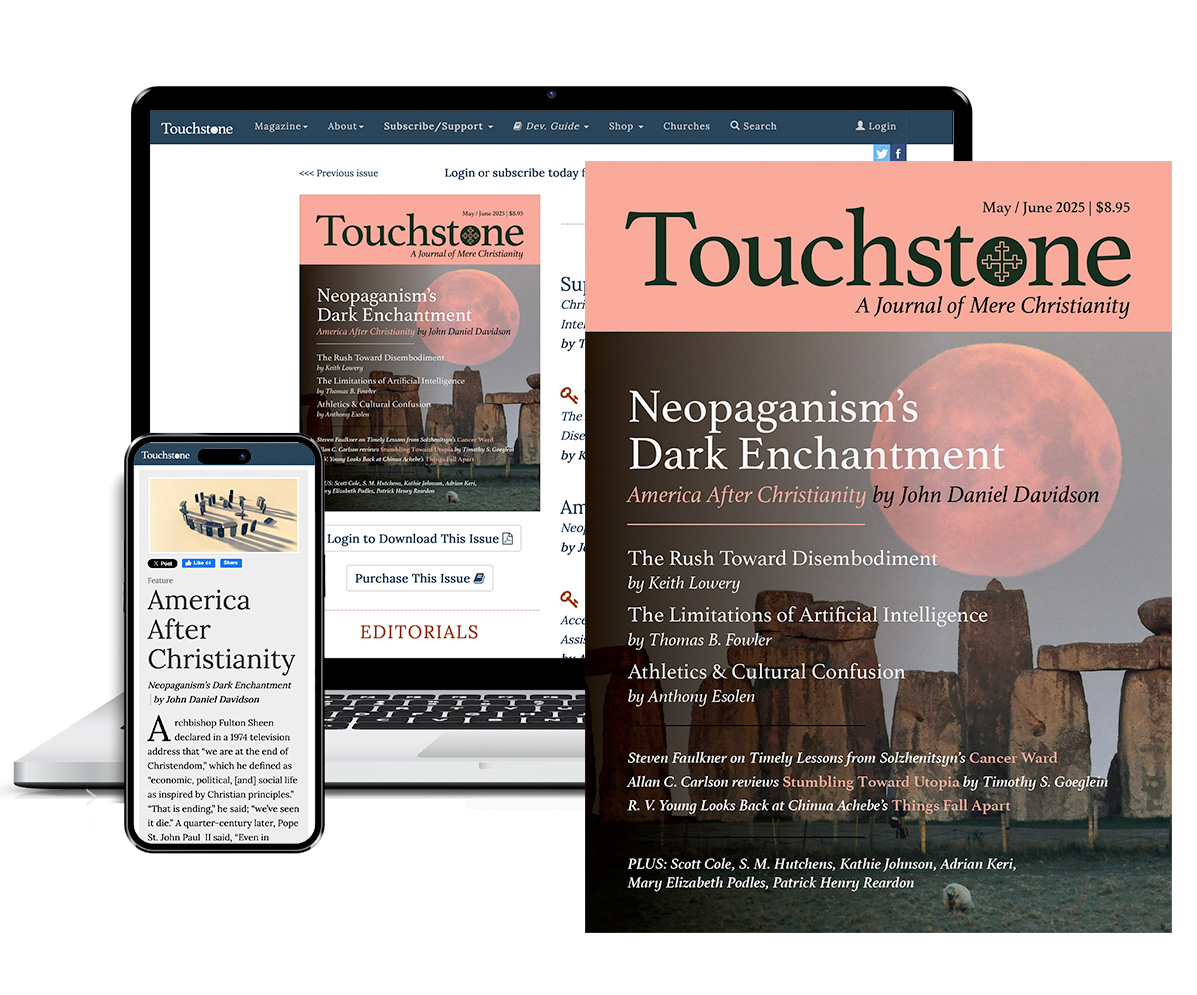
Get six issues (one year) of Touchstone PLUS full online access including pdf downloads for only $39.95. That's only $3.34 per month!
Order
Online Only
Subscription

Get a one-year full-access subscription to the Touchstone online archives for only $19.95. That's only $1.66 per month!
bulk subscriptions
Order Touchstone subscriptions in bulk and save $10 per sub! Each subscription includes 6 issues of Touchstone plus full online access to touchstonemag.com—including archives, videos, and pdf downloads of recent issues for only $29.95 each! Great for churches or study groups.
Transactions will be processed on a secure server.
more on conversion from the online archives
more from the online archives

37.5—Sept/Oct 2024
Why Law Schools Can't Teach Law
A sidebar to How Law Lost Its Way by Adam MacLeod
calling all readers
Please Donate
"There are magazines worth reading but few worth saving . . . Touchstone is just such a magazine."
—Alice von Hildebrand
"Here we do not concede one square millimeter of territory to falsehood, folly, contemporary sentimentality, or fashion. We speak the truth, and let God be our judge. . . . Touchstone is the one committedly Christian conservative journal."
—Anthony Esolen, Touchstone senior editor



